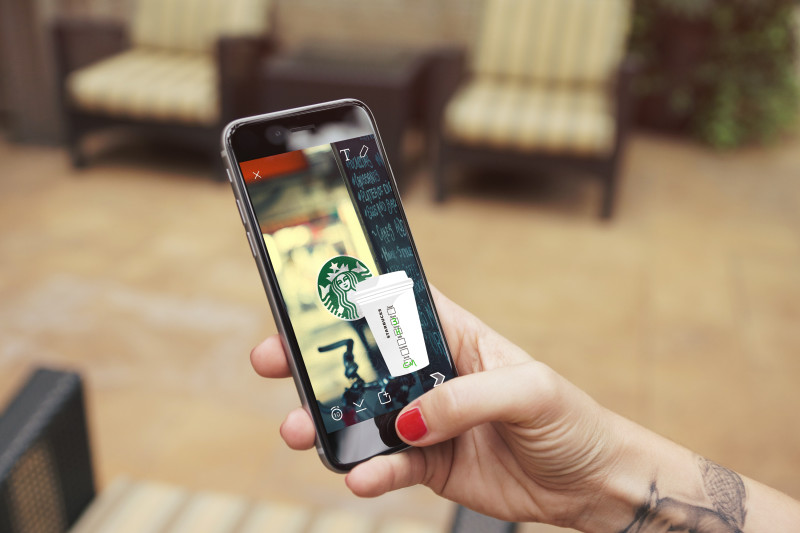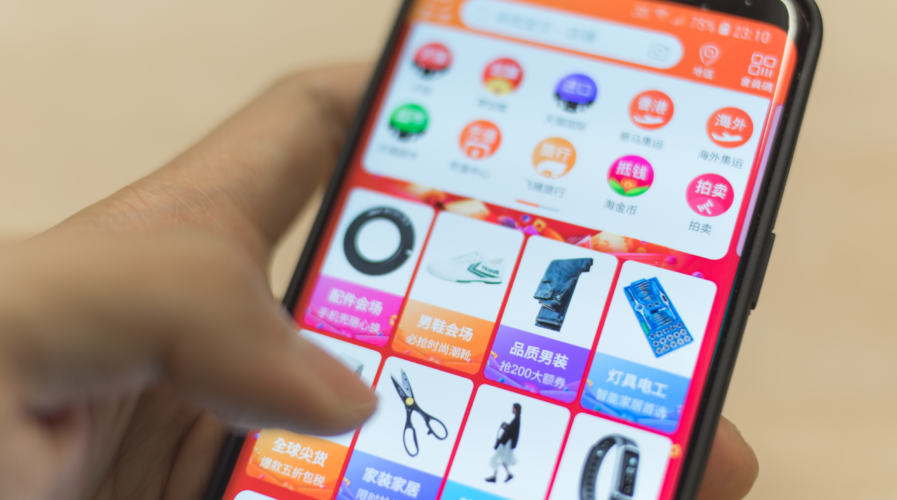Enterprises digitalise to keep pace with technology and stave off obsolescence. But not everyone gets it right. Those who succeed undergo positive disruption, empower customers and become more competitive. This tech blog elucidates ten such success stories.
1. Disney Takes the Acquisition Route to Jumpstart Digital Transformation
Disney has taken the acquisitions route to meet changing customer preferences. The company responded to the challenges posed by streaming videos head-on by:
- Buying BAMTech, for ready-made access to mature streaming technology.
- Acquiring many high-profile assets of 21st Century Fox, such as characters from Marvel Comics. The move enabled direct connection with consumers than through distributors and advertisers.
Disney’s strategy highlights the value of partnerships and alliances. Infusing new digital capabilities through acquisitions is a smart move to neutralize competition. Developing existing technology in-house is like reinventing the wheel, and faces many obstacles.
2 Volkswagen Makes its Products Hi-Tech
Volkswagen will invest $4 billion by 2025 to reinforce its digital ecosystem and make its products digital-savvy. The investment will connect new vehicles to the Internet of Things, and introduce new mobility options for customers. On the anvil are:
- A solution for delivering packages to the car rather than a specific address.
- A parking app with integrated billing, and real-time location-based personalized recommendations.
- “WeShare,” a new car-sharing service.
Failure to invest in R&D, or upgrade products to co-opt the changing technology brings in obsolesce soon. Kodak’s bankruptcy remains a strong reminder for enterprises to be wary of status-quo, even when incumbent products sell well. Kodak failed to cope with the disruptive impact of digital photography.
3. IKEA Transforms to Improve Competitiveness
Furniture giant IKEA has taken the digital transformation route to improve its competitiveness.
The IKEA Place app, an augmented reality tool, allows users to visualize how furniture will look true-to-scale, in their home or office. Customers may try out different options before purchase. This app, launched in 2017, has 2 million+ downloads. The initiative boosts brand visibility, customer experience, and convenience.
A new diversified product range features products for smart homes, such as speakers and smart plugs. The new product range attracts millennials to their stores, and offers cross-sell opportunities.
4. LEGO Digitises to Engage with the Community Better

LEGO’s digital strategy focuses on engaging the community. It recognizes the customer as the ultimate source of inspiration and feedback. The updated digital strategy mixes creativity, innovation, and technology.
A slew of digital movies, mobile apps, and mobile games appeal to today’s digitally-savvy consumer groups.
An online community allows fans to submit ideas for new sets and others to vote on the suggestions. The company reviews projects that get 10,000+ votes and creates new LEGO sets based on them.
Several new products increase LEGOs outreach to its customers. The LEGO Boost app teaches children to code. LEGO Life encourages social networking and brand advocacy. Another popular project allows users to download powers to use in an app game.
These initiatives enable the release of new products on a consistent basis. It also keeps the community delighted, and boosts brand loyalty.
5. Domino’s Pizza Digitises to Gain One-Up on Rivals
Domino’s Pizza bases digital transformation on customer feedback.
The company overhauled its ethos and structure. A fresh focus on digital sales and advertising made the company an “e-commerce company that happens to sell pizza.”
The “Dom the Pizza” bot allows customers to order from their channel of preference. Customers may order from an app, through Facebook or Twitter, or even through a Smart TV. An automated delivery system, with self-driving cars and delivery robots, speed up delivery.
A strong and innovative digital footprint helped the company upstage its old rival Pizza Hut in sales volume. Four-fifths of Domino’s sales now come from digital channels.
6. Starbucks Leverages Data to Improve Profitability

Starbucks’ digital strategy centred on growth through innovative use of data analytics. The data from its 14 million+ user base offers a valuable treasure-trove for analytics.
The company leverages demographic and other data to:
- Identify new store locations, and align product lines with consumer preferences.
- Drive a dynamic and flexible product promotion strategy, using digital menu boards.
- Launch an app, which integrates a loyalty program and allows users to redeem their bonus. Customers may order ahead without having to line up at the store.
7. Coca-Cola Uses Emerging Technology to Improve Process Efficiency
Coca-Cola Bottlers’ Sales & Services (CCBSS) embraced emerging technology to improve efficiency.
The company applied machine learning to digitize documents with speed and accuracy.
Robots:
- Removed staples from paper invoices and proof-of-delivery documents, and
- Passed on the documents to the scanning systems.
The automation spares the workforce from loads of manual tasks and reduces clerical errors to nil. The system, digitizing 25 million documents per year, saves the company $1 million a year at last count.
8. Microsoft Max Stock Price through Digital Transformation
Microsoft, despite being a pioneer of digital technology, faces stiff competition from upstarts. In 2014, the new CEO led a pronounced shift towards forward-focused cloud business.
The new initiatives include:
- A fluid cloud system, suitable for personal and enterprise use, offering differentiation.
- Strategic alliance with other software and tech companies. This is a marked departure from the traditional going-it-alone approach.
These initiatives changed the perception of Microsoft being stagnant. The company’s revenue increased from $93.5 billion in 2014 to $122 billion. In 2019, Microsoft became the third company to get a $1 trillion market cap, even before its competitor Google.
9. Nike Transforms to Connect with Customers Directly
Nike undertook a digital transformation to reinvent its brand and supply chain and overcome the rut it found itself in.
Nike digitised itself to improve its connection with customers, cutting off the intermediaries. The company:
- Launched membership schemes and stronger digital marketing interventions.
- Leveraged data analytics to overhaul the e-commerce strategy, and improve the online experience.
- Opened concept stores.
The improved digital focus accelerated the product development cycle and delivered control over the supply chain.
Contrary to the conventional wisdom of accelerating time to market, effective control of the supply chain helped the company maintain the scarcity of some products, which ironically gives it a cool image.
10. Alibaba Uses Digital Technology to Glue its Diverse Businesses Together

Alibaba leverages data and analytics to glue its diverse portfolio of businesses. The range of business includes the popular e-commerce platform, cloud infrastructure services, payment and financial services, logistics, marketing services and digital media.
The company positions itself as a “data manufacturing company.” Consumer insight derived from data creates a synergy among its diverse businesses. Analysing data from the huge ecosystem, the company:
- Delivers actionable insights for its stakeholders.
- A “one customer and multiple channel approach” offers seamless forward and backward integration.
Investments in digital transformational technologies will grow at 17.5% CAGR to top $7.4 trillion between 2020 and 2023. Benchmarking successful stories enables optimizing the ROI of such investments.












